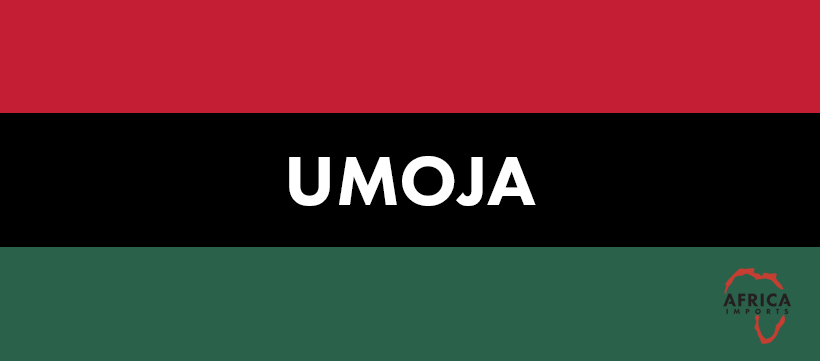Kwanzaa: Night One - Umoja
12/25/2018 14:42

Unity:Umoja (oo–MO–jah) To strive for and maintain unity in the family, community, nation, and race.
Mazao, the crops (fruits, nuts, and vegetables) Symbolizes work and the basis of the holiday. It represents the historical foundation for Kwanzaa, the gathering of the people that is patterned after African harvest festivals in which joy, sharing, unity, and thanksgiving are the fruits of collective planning and work. Since the family is the basic social and economic center of every civilization, the celebration bonded family members, reaffirming their commitment and responsibility to each other. In Africa the family may have included several generations of two or more nuclear families, as well as distant relatives. Ancient Africans didn’t care how large the family was, but there was only one leader – the oldest male of the strongest group. For this reason, an entire village may have been composed of one family. The family was a limb of a tribe that shared common customs, cultural traditions, and political unity and were supposedly descended from common ancestors. The tribe lived by traditions that provided continuity and identity. Tribal laws often determined the value system, laws, and customs encompassing birth, adolescence, marriage, parenthood, maturity, and death. Through personal sacrifice and hard work, the farmers sowed seeds that brought forth new plant life to feed the people and other animals of the earth. To demonstrate their mazao, celebrants of Kwanzaa place nuts, fruit, and vegetables, representing work, on the mkeka.
 USD
USD  GBP
GBP  CAD
CAD  AUD
AUD 